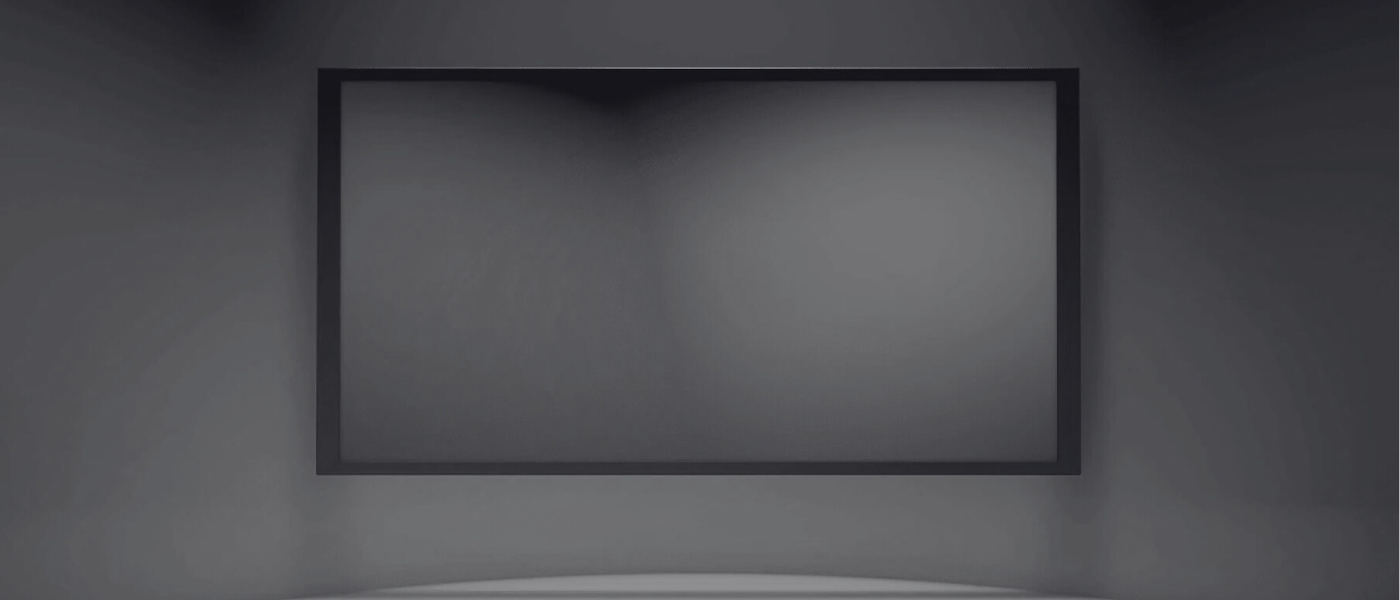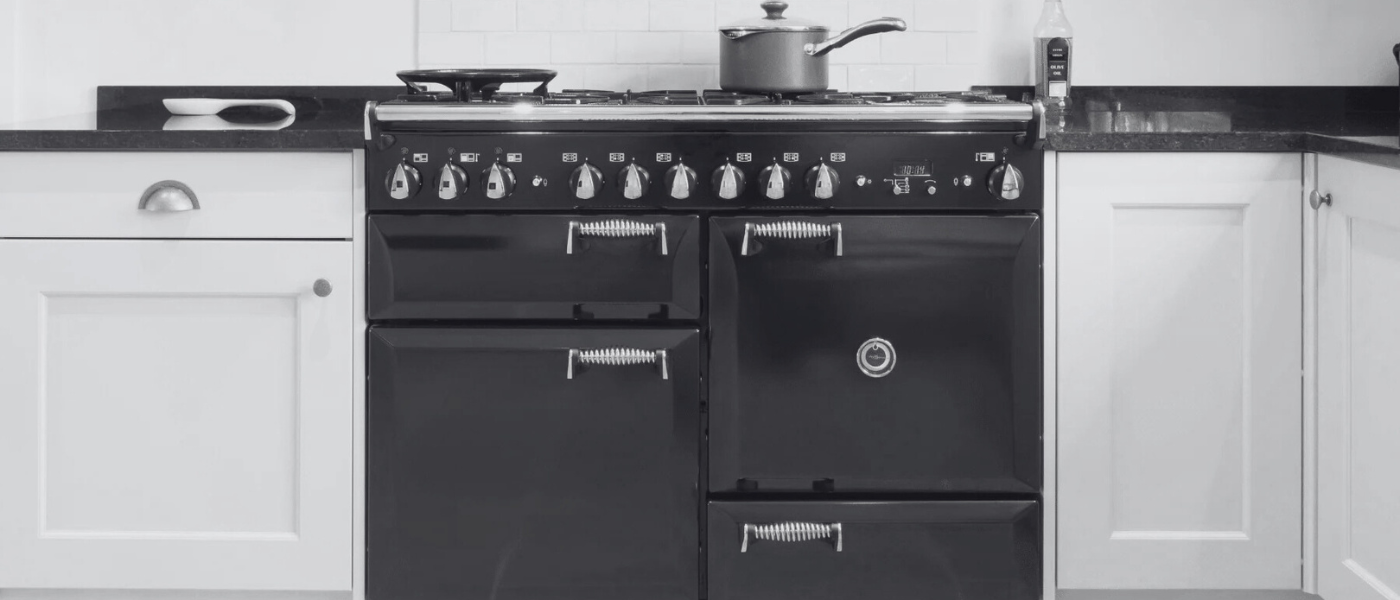History Of TVs
Televisions, or TVs, have been a staple in households for decades, and have come a long way since their inception. From the bulky, cathode-ray tube (CRT) TVs of the past to the sleek, high-definition (HD) and 4K TVs of today, televisions have evolved to meet the changing needs and demands of consumers.
Televisions, also known as TVs, have been a staple in households for decades. They have come a long way since their inception and have evolved to provide viewers with an immersive and enjoyable viewing experience. In this blog, we will explore the history of TVs, different types of TVs available in the market today, and factors to consider when purchasing a TV.

LED TVs
The introduction of LED(light-emitting diode) TVs further improved picture quality and energy efficiency. LED TVs use a backlighting system that allows for more precise control over brightness and contrast, resulting in deeper blacks and brighter whites. They also use less energy than plasma and CRT TVs, which makes them more environmentally friendly and cost-effective in the long run.
Another major advancement in television technology is the transition from HD to 4K resolution. 4K TVs have four times the number of pixels as HD TVs, which results in sharper, more detailed images. This technology is particularly well-suited for larger screen sizes, as it allows viewers to see more detail and nuance in the image.
Types of TVs
There are several types of TVs available in the market today. Let's take a look at some of the most popular ones:
LCD TVs - LCD (Liquid Crystal Display) TVs use a backlight to illuminate the screen. They are known for their energy efficiency and relatively low cost.
LED TVs - LED (Light-Emitting Diode) TVs are a type of LCD TV that uses LED backlighting instead of traditional fluorescent backlighting. They are known for their high contrast ratio and brightness.
OLED TVs - OLED (Organic Light-Emitting Diode) TVs use organic compounds to produce light. They are known for their excellent colour accuracy, contrast ratio, and viewing angles.
QLED TVs - QLED (Quantum Light-Emitting Diode) TVs are similar to LED TVs but use quantum dots to enhance colour accuracy and brightness.
Factors to Consider When Purchasing a TV
When purchasing a TV, there are several factors to consider. Let's take a look at some of the most important ones:
Screen Size - The size of the TV screen should be based on the size of the room and the distance between the TV and the viewer. A larger screen size may provide a more immersive viewing experience, but it may not be practical for smaller rooms.
Resolution - The resolution of the TV refers to the number of pixels on the screen. A higher resolution provides better picture quality, but it also comes at a higher cost.
Refresh Rate - The refresh rate of the TV refers to how often the screen updates per second. A higher refresh rate provides smoother motion and reduces motion blur.
Smart TV Capabilities - Smart TVs allow viewers to access streaming services such as Netflix and Now TV directly from the TV. It is important to consider the smart TV capabilities when purchasing a TV.
Smart TV
Smart TVs, which are internet-enabled and allow users to stream content from various apps and services, have also become increasingly popular in recent years. Popular apps can include Netflix, Now TV, Amazon Prime Video, and RTE Player.
These TVs offer a more seamless viewing experience, as users can access their favourite content without having to switch between different devices. Smart TVs also often come with built-in voice assistants, which allow users to control their TV with simple voice commands. Be sure to check the manual of the TV you are purchasing to see if it has voice activated controls.

Conclusion
In conclusion, TVs have come a long way since their inception and have evolved to provide viewers with an immersive and enjoyable viewing experience. There are several types of TVs available in the market today, each with its own set of features and benefits. When purchasing a TV, it is important to consider factors such as screen size, resolution, refresh rate, and smart TV capabilities to ensure that you get the best viewing experience for your needs.
What is the difference between LCD, LED, OLED, and QLED TVs?
LCD TVs use a backlight to illuminate the screen, while LED TVs use LED backlighting. OLED TVs use organic compounds to produce light, while QLED TVs use quantum dots to enhance colour accuracy and brightness. OLED TVs have the best colour accuracy and contrast ratio, while QLED TVs have the brightest screens.
What is the ideal TV screen size for my room?
The ideal TV screen size depends on the size of your room and the distance between the TV and the viewer. A general rule of thumb is to choose a TV screen size that is at least one-third of the viewing distance. For example, if your viewing distance is six feet, a 40-inch TV would be ideal.
What is the best resolution for a TV?
The best resolution for a TV depends on your needs and budget. 4K resolution is becoming increasingly popular, as it provides four times the pixels of 1080p resolution. However, 1080p resolution is still a good option for those on a budget.
What is the refresh rate of a TV?
The refresh rate of a TV refers to how often the screen updates per second. A higher refresh rate provides smoother motion and reduces motion blur. Most TVs have a refresh rate of 60Hz, while some high-end TVs have a refresh rate of 120Hz or even 240Hz.
What is a smart TV?
A smart TV is a TV that can connect to the internet and allows viewers to access streaming services such as Netflix, Now TV, and Amazon Prime Video directly from the TV. Smart TVs also have built-in apps that allow viewers to browse the web, play games, and access social media.
Can I connect my TV to my computer?
Yes, most modern TVs have HDMI ports that allow you to connect your computer to the TV. This allows you to use the TV as a monitor for your computer.
How do I mount my TV on the wall?
To mount your TV on the wall, you will need a wall mount bracket that is compatible with your TV. Follow the instructions that come with the wall mount bracket to attach it to the wall and then attach the TV to the bracket.
How do I clean my TV screen?
To clean your TV screen, use a soft, dry cloth or a microfiber cloth. Do not use water, cleaning solutions, or abrasive materials, as these can damage the screen.
Can I use my TV as a speaker for my home theatre system?
Yes, many TVs have built-in speakers that can be used as part of a home theatre system. However, the sound quality may not be as good as a dedicated speaker system.










